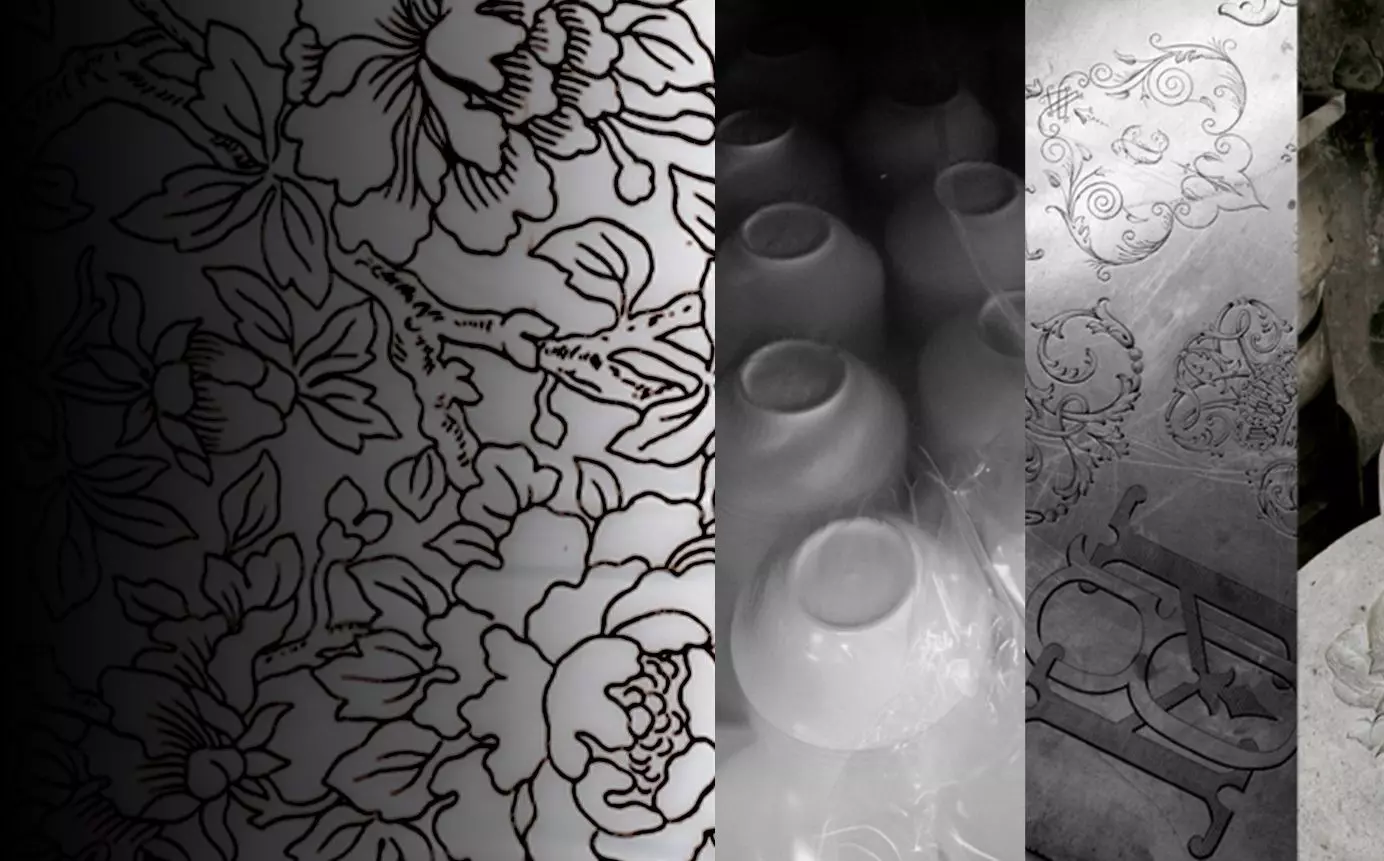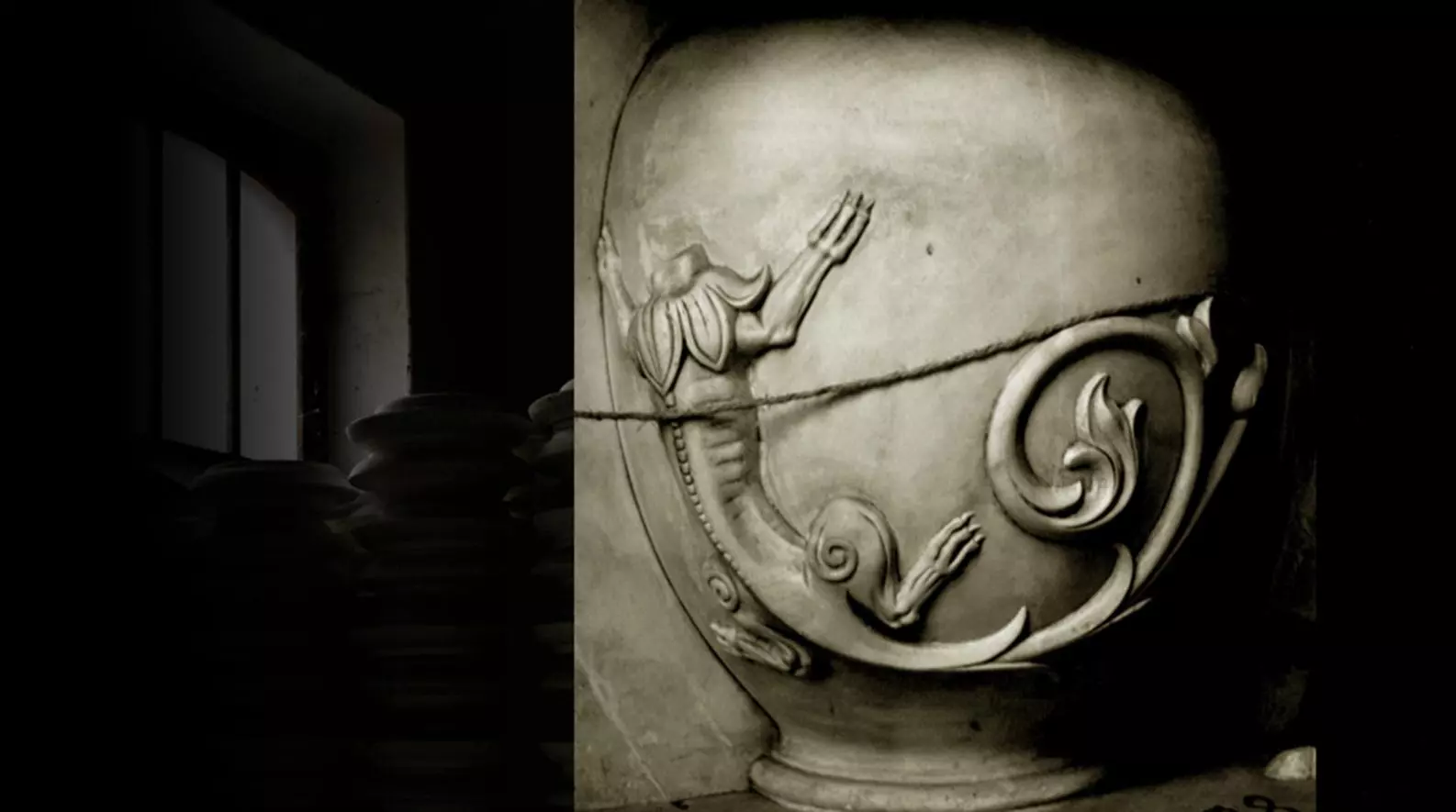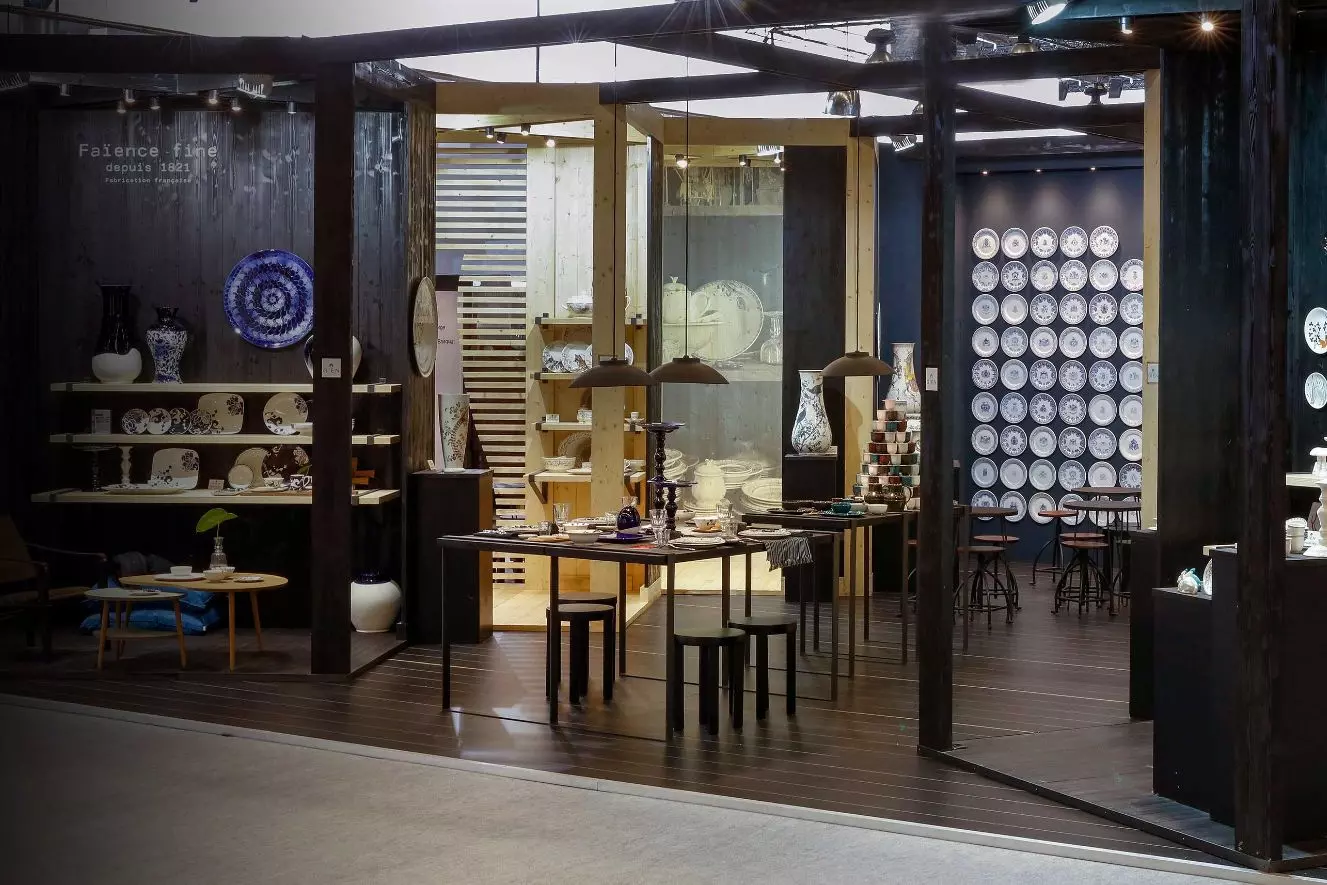Our history
 1821
18211821 : The legacy
The Faïencerie de Gien was created in 1821 in Gien (Val de Loire), in the heart of France.
The 19th century gave birth to many production sites, heirs to the potters of past centuries. Its two hundred year history is linked to the name of its creator, the Englishman Thomas Hall. Hall moved to Gien and bought the land and buildings of the “Convent des Minimes” located on the banks of the Loire.
At that time, the city of Gien had several assets: it was an important commercial crossroads, it had an abundance of raw materials (clays, sands, siliceous stones from the Loire). The Loire was also used for transporting wood from the forests of Orleans. This wood served to stoke the for the baking ovens.
1821-1850 : The first steps
These years were marked by the manufacture of white earthenware octagonal forms and sophisticated shapes imitating silverwave. Then the themed plates were introduced.
It suited the tastes and culture of the times.
 1821-1850
1821-1850 1850-1914
1850-19141850-1914 : The golden Age
From the second half of the 19th century, la Faïencerie became more creative. In time, the earthenware craftsmen and women became more practised, honing their skills and artistry.
The Manufacture was able to offer decorative pieces and dinner services inspired by Rouen, Saxony, Marseille, the Renaissance, the Ottoman Empire, the Antiquity.
Production continues to grow and this period is certainly the richest and most inventive of the Manufacture. In addition to the different inspirations, the wealth of collections is enlarged through by the collaboration with painters, engravers… who are invited to imagine new patterns and forms.
The Faïencerie de Gien diversified from a technical and artistic point of view. All this work and these efforts are recognized in France and abroad and are rewarded with first prizes as well as gold and silver medals at the world exhibitions.
The Faïencerie de Gien continues to grow and aswered to igh end market demands, offering personalized tableware bearing the family crests pf the great houses of Europe.
1918-1984 : The parenthesis
The first half of the twentieth century saw major social, economic and political upheaval. The Manufacture seeks to retain the place it has acquired and not to sink into the turmoil of the times.
From 1945 a new world order was established. In the decades that followed, Gien continued to modernize production by building tunnel kilns (the largest in Europe) and purchasing new machines.
In the 1970s, the Faïencerie de Gien faced strong competition from Italy and Portugal. Europe is inundated with low-end products.
Always dynamic, the Manufacture focuses attention on tile production. Its partnership with Harmonic group gives Gien the opportunity to participate in major architectural projects through, decorating real estate complexes.
From 1980, the Manufacture suffered from a decline in activity which forced it to restructure.
 1918-1984
1918-1984 1984-2014
1984-20141984-2014 : A breath of new life
In 1984, the Faïencerie de Gien experienced a new lease of life.
It offers a new range of products (hand painted pieces, numbered limited editions), and a museum is created.
Famous names are associated with Gien such as: Paco Rabanne, Andrée Putman, Patrick Jouin, Isabelle de Borchgrave, Garouste and Bonetti… they design new products and enhance Earthenware.
Depuis 2014 : The rebound
Since 2014, Yves de Talhouët been at the helm of the Manufacture de Gien.
Wwith a passion for the products, borne along by legacy of the Faïencerie, on the excellent of the know-how and notoriety of the Faïencerie de Gien, the aim is now to perpetuate tradition and explore new avenues by promoting contemporary creation and setting up a new export distribution policy.
Today, more than ever, the Faïencerie de Gien is part of a program of excellence. A member of the prestigious Colbert Committee, which brings together the major French luxury brands, it has been awarded the “Living Heritage Company” label.
The women and men of the Manufacture are resolutely turned towards the future to reinvent the fine earthenware of tomorrow while firmly rooted in two centuries of tradition.
 Depuis 2014
Depuis 2014